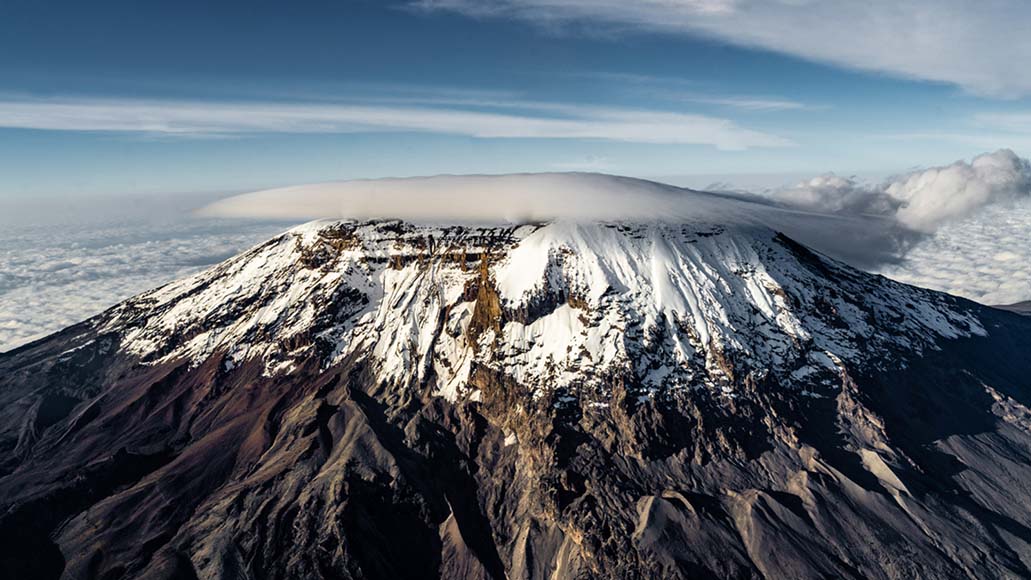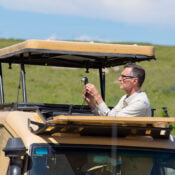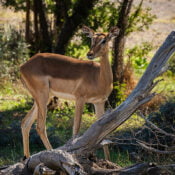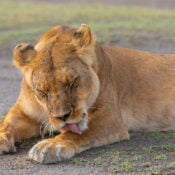Which Kilimanjaro route to choose?

Which Kilimanjaro route to choose?
Introduction to Kilimanjaro Routes
Mount Kilimanjaro, standing at a majestic 5,895 meters, is not only Africa’s highest peak but also a global trekking destination that attracts adventurers from all corners of the world. One of the most crucial decisions prospective climbers must make is selecting the appropriate route to the summit. This choice significantly influences the overall experience, including the difficulty level, scenic vistas, trek duration, and the volume of fellow climbers encountered along the way.
Among the most popular routes to conquer Kilimanjaro are Marangu, Machame, Lemosho, Rongai, Northern Circuit, and Umbwe. Each route offers a unique trekking experience, catering to various preferences and fitness levels. The Marangu route, often referred to as the “Coca-Cola” route, is known for its relatively gentle slopes and hut accommodations, making it a favoured option for beginners. Conversely, the Machame route, also called the “Whiskey” route, is more challenging with steeper climbs but rewards trekkers with breathtaking panoramic views.
The Lemosho route is celebrated for its stunning landscapes, offering a more extended and gradual ascent that aids acclimatization. Rongai, starting from the northern side of the mountain, provides a quieter climb with less traffic, ideal for those seeking solitude. The Northern Circuit, the longest and newest route, circles the northern slopes, providing an unparalleled opportunity for acclimatization and diverse scenery. Lastly, the Umbwe route is the most direct and demanding path, suited for experienced trekkers looking for a robust challenge.
Understanding the distinct characteristics of each route is essential in making an informed decision that aligns with one’s trekking goals, physical condition, and experience level. This comprehensive guide aims to delve deeper into the specifics of each route, offering insights and practical advice to help you choose the perfect path for your Kilimanjaro adventure.
Factors to Consider When Choosing a Route
Choosing the right route to climb Mount Kilimanjaro is crucial, as it significantly impacts your overall experience and success rate. One of the primary factors to consider is your experience and fitness level. Routes such as Marangu and Rongai are generally less physically demanding and suitable for beginners, while the Machame and Lemosho routes offer a more challenging trek, ideal for those with some hiking experience.
The desired duration of the climb also plays a pivotal role in your decision. Routes vary in length, with some taking as few as five days and others extending to nine or more. Shorter routes like Marangu are quicker but offer less time for acclimatization, increasing the risk of altitude sickness. Conversely, longer routes such as the Northern Circuit provide ample time for acclimatization, enhancing your chances of reaching the summit successfully.
Scenery and environment preferences should not be overlooked. Each route offers unique landscapes and ecosystems. For instance, the Lemosho route is renowned for its scenic beauty, traversing lush rainforests and offering panoramic views. On the other hand, the Rongai route, approaching from the north, is less crowded and provides a serene, remote experience.
Crowd levels can significantly affect your climbing experience. Popular routes like Machame and Marangu can be crowded during peak seasons, which might detract from the sense of solitude and wilderness. If you prefer a more solitary experience, consider the less-frequented Shira or Umbwe routes.
Budget is another critical consideration. Costs vary based on the route’s length, the level of support services required, and the number of days spent on the mountain. Shorter routes tend to be more budget-friendly but come with higher risks of altitude sickness due to less acclimatization time. Longer routes, while more expensive, often include additional days for acclimatization, increasing the likelihood of a successful and safe climb.
Finally, the importance of acclimatization cannot be understated. Routes that offer gradual ascents, such as Lemosho and Northern Circuit, provide better opportunities for your body to adjust to the altitude, reducing the risk of altitude sickness and improving your chances of reaching the summit.
Detailed Overview of Each Route
The Marangu Route, often referred to as the ‘Coca-Cola’ route, is one of the most popular paths up Mount Kilimanjaro. This route is unique for its hut accommodations, offering a slightly more comfortable experience compared to camping. Known for its relative ease, the Marangu Route is suitable for climbers of all experience levels. However, its popularity means it can be crowded, particularly during peak seasons. The ascent and descent are done via the same path, which might limit the variety of scenery.
The Machame Route, also known as the ‘Whiskey’ route, is favored for its scenic beauty. This route offers a diverse range of landscapes, from lush rainforests to arid moorlands. While it is more challenging than the Marangu Route, it provides a better opportunity for acclimatization due to its longer itinerary. Climbers looking for a more picturesque journey with a moderate level of difficulty will find the Machame Route appealing.
The Lemosho Route is renowned for its stunning vistas and gradual ascent. This route is longer, allowing for excellent acclimatization and a higher success rate. Starting on the western side of the mountain, it traverses through various ecosystems, providing climbers with a rich and diverse trekking experience. Less crowded than the Marangu and Machame routes, Lemosho is ideal for those seeking a quieter, more immersive climb.
The Rongai Route approaches Kilimanjaro from the north and is the least crowded of the main routes. It offers a different perspective of the mountain, with a higher chance of encountering wildlife. The Rongai Route is considered to be one of the easier routes, with a gentle gradient. This makes it suitable for climbers looking for a more secluded and less strenuous ascent.
The Northern Circuit is the longest route, taking climbers on a comprehensive tour around the mountain. This route provides excellent acclimatization opportunities and breathtaking views. Due to its length and complexity, it is best suited for those with more trekking experience and ample time to complete the journey. The Northern Circuit is the choice for those seeking a thorough and extended Kilimanjaro experience.
Lastly, the Umbwe Route is the steepest and most direct path to the summit. Known for its challenging terrain, it is recommended only for experienced climbers. The Umbwe Route offers a shorter but more intense climb, with fewer acclimatization opportunities. This route is perfect for adventurers looking for a quick and demanding ascent.
Tips for a Successful Kilimanjaro Climb
Embarking on a journey to the summit of Mount Kilimanjaro is a remarkable endeavour that requires thorough preparation. Physical readiness is the cornerstone of a successful climb. Engage in a consistent training regimen that includes cardiovascular exercise, strength training, and hikes with varied terrain to condition your body for the demands of the ascent.
Equally important is packing the right gear. Invest in quality, weather-resistant clothing, sturdy hiking boots, and essential items such as a sleeping bag, trekking poles, and a headlamp. Layering is crucial due to the varying climate zones experienced on Kilimanjaro. Ensure you have moisture-wicking base layers, insulating mid-layers, and a waterproof outer shell.
Choosing a reputable tour operator can make a significant difference in your climbing experience. Research thoroughly and select an operator with positive reviews, experienced guides, and proper safety protocols. This selection ensures you have the support needed for a successful and enjoyable climb.
Understanding weather conditions on Kilimanjaro is vital. The mountain’s weather can be unpredictable, and being prepared for rain, wind, and extreme cold at higher altitudes is essential. Check forecasts regularly and adjust your gear accordingly to stay comfortable and safe.
Mental preparation is just as crucial as physical readiness. The climb can be mentally taxing, and maintaining a positive mindset is imperative. Set realistic goals, stay motivated, and remember the reasons behind your journey to sustain your morale.
Health and safety are paramount during the climb. Stay hydrated by drinking ample water to prevent dehydration and altitude sickness. Learn to recognize symptoms of altitude sickness, such as headaches, nausea, and dizziness, and communicate with your guide immediately if they occur. Pacing yourself is critical; take it slow and steady to allow your body to acclimate to the altitude gradually.
By following these tips and adequately preparing for your Kilimanjaro climb, you can enhance your chances of a successful summit and create lasting memories of this extraordinary adventure.
Recent Posts
What is a Game Drive?
Top Reasons Why Tanzania Should Be Your Safari Destination
Tags




